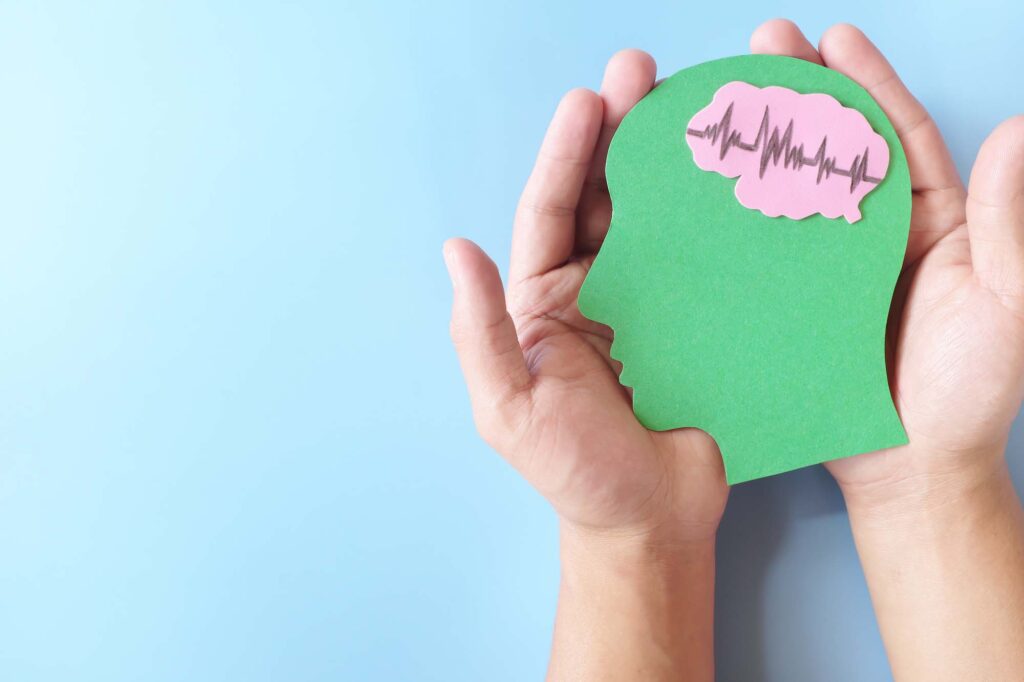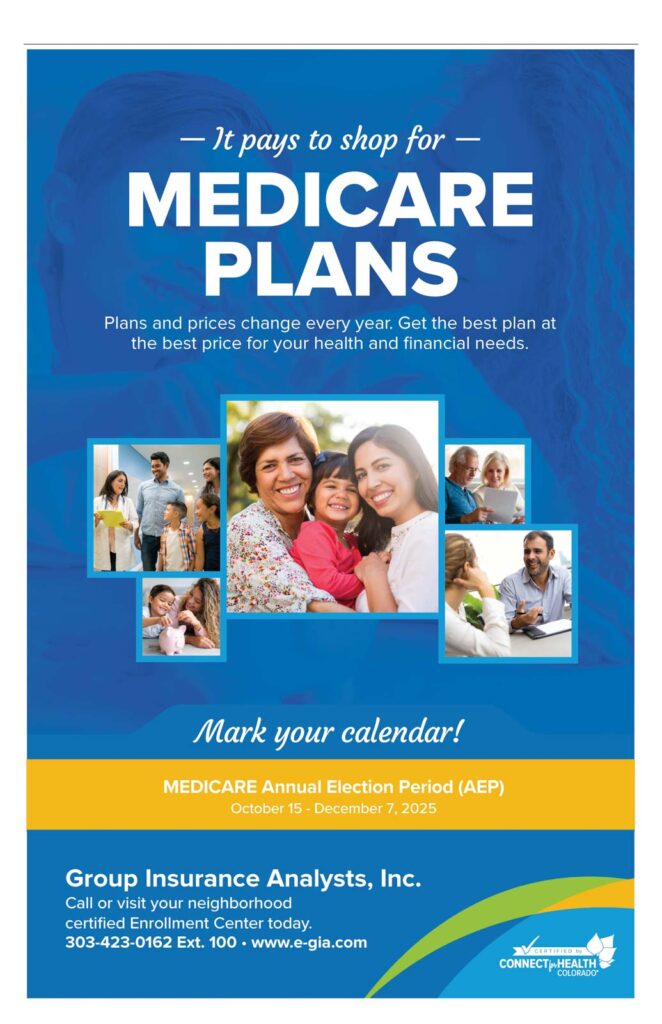May is Stroke Awareness Month which gives us the opportunity to share an important message: Most strokes are preventable.
And yet, 1 in 20 adult deaths are due to strokes. It’s the fifth leading cause of death in the US and a leading cause of long-term disability.
Stroke is the term we use when a part of the brain is damaged because of a problem with blood flow. This condition happens when an artery going to the brain gets clogged or closes off, and part of the brain goes without blood for too long. This accounts for approximately 85% of strokes.
A second type of stroke occurs when an artery breaks open and bleeds into or around the brain. The effects of a stroke depend on several factors including which part of the brain is affected and how quickly the stroke is treated.
Stroke symptoms range from minor with no significant lasting effects to causing significant disability or death. While the symptoms can be variable, the most common stroke symptoms may include a combination of sudden weakness in the face, arms and legs on one side of the body, and/or inability to speak, and sometimes vision changes. But strokes can cause many other symptoms as well.
Healthy lifestyle choices, such as regular exercise and a healthy diet, could prevent 75% of strokes.
A healthy diet, specifically the Mediterranean diet, with very few fried foods, sweets or red meat, and with more chicken, fish, vegetables, nuts and fruits, has been found to reduce the risk of stroke. Limiting salt can also help control your blood pressure.
Physical activity protects the heart and brain, and reduces the risk of stroke, heart disease and dementia. I recommend that people aim for 30 minutes of moderate exercise on most days of the week.
Most strokes and the long-term disabilities that result are caused by treatable risk factors, and are therefore preventable. The main stroke risk factors are high blood pressure, high cholesterol, diabetes and cigarette use. Another common cause of stroke is untreated atrial fibrillation, or a type of irregular heartbeat.
Identifying stroke symptoms rapidly and seeking medical attention immediately is the most important way to help you or your loved one. We have two main treatments which can help improve and, in some cases, reverse the stroke symptoms. Both treatments are extremely time-sensitive.
Stroke treatments are focused on restoring blood flow to the brain to prevent brain tissue from dying due to lack of blood flow. Treatments include a blood clot dissolving medication called Alteplase (TPA) or Tenecteplase (TNK) and a procedure called Mechanical Thrombectomy that uses a catheter to pull blood clots out of large arteries in the brain. Both treatments can significantly reduce disability—but again, are very time sensitive.
If you think you’re having a stroke, you should call 911 immediately. Lutheran Hospital offers 24/7 emergency stroke care, and our treatment times are above the national benchmark—ensuring best patient outcomes.
Dr. Norman is a neurologist and stroke medical director of the comprehensive stroke program at Intermountain Health Lutheran Hospital.






